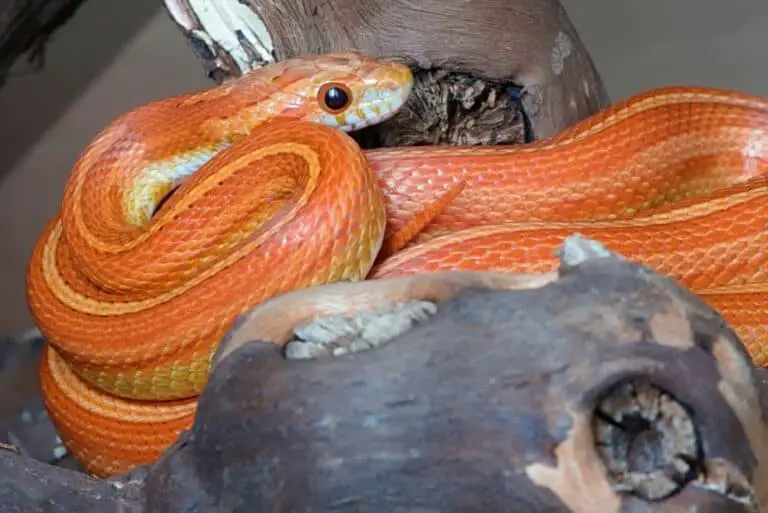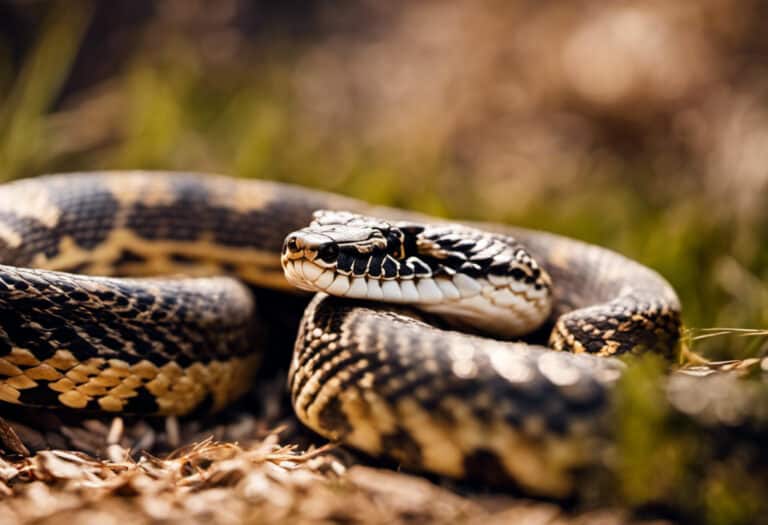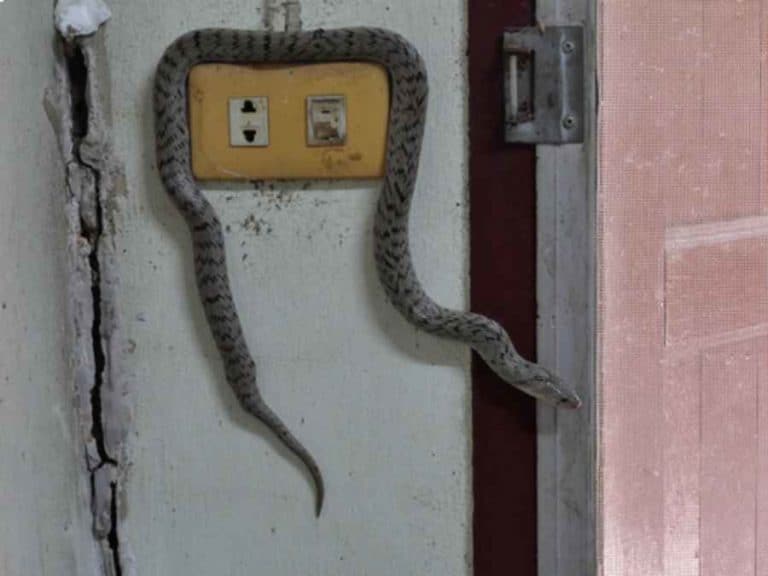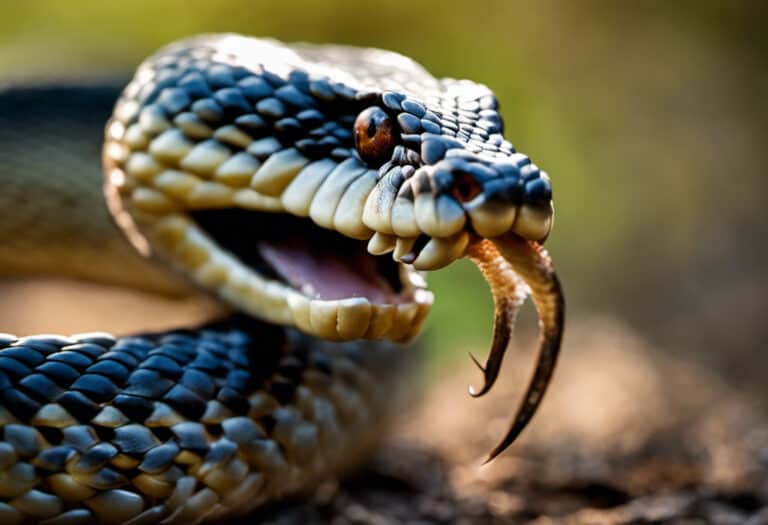Are Garter Snakes Dangerous to Dogs? – Understanding Pet Safety
Garter snakes, which are commonly found in yards and gardens, are generally harmless to dogs. These snakes are thin and grow up to 2-3 feet long, with stripes of various colors. While garter snakes prefer to escape when threatened by a predator, they may bite if cornered. Their venom is considered mild and does not affect humans, but small animals may experience minor toxicity. If a dog is bitten, veterinary treatment is usually not necessary, but the wound should be cleaned to prevent infection. It is important to keep in mind that while garter snakes are generally harmless, there are venomous snakes that can pose a greater danger to dogs, such as rattlesnakes, copperheads, coral snakes, and cottonmouths. To ensure pet safety, it is advisable to keep the lawn mowed, remove hiding spots like woodpiles, keep dogs on a leash when hiking in snake-prone areas, and consider enrolling them in snake avoidance training classes. If a dog is bitten by a venomous snake, immediate veterinary attention is necessary for proper treatment.
Key Takeaways:
- Garter snakes are generally harmless to dogs.
- Their venom is mild but may cause minor toxicity in small animals.
- Veterinary treatment is usually not necessary for garter snake bites, but wound care is advised.
- Venomous snakes like rattlesnakes, copperheads, coral snakes, and cottonmouths can pose a greater danger to dogs.
- To ensure pet safety, preventive measures like keeping the lawn mowed, removing hiding spots, and enrolling dogs in snake avoidance training classes are recommended.
- If a dog is bitten by a venomous snake, immediate veterinary attention is necessary.
Garter Snake Behavior and Potential Risks to Dogs
While garter snakes prefer to escape when threatened by a predator like a dog, they may bite if cornered. As a pet owner, it is important to understand garter snake behavior and the potential risks they pose to your furry friend.
Garter snakes are generally harmless and beneficial to have in your yard as they feed on common garden pests. They are thin snakes, about 2-3 feet long, and have stripes of various colors. However, if they feel threatened or cornered, they may defend themselves by biting. Their venom is considered mild and does not affect humans, but may cause minor toxicity in small animals like dogs.
In addition to biting, garter snakes also secrete a bad-smelling fluid to ward off predators, which can cause mild symptoms in dogs like gagging, drooling, and vomiting.
Preventing snake bites in dogs is crucial to ensure their safety. One effective way to minimize encounters with snakes in areas where garter snakes are common is to keep the lawn mowed and remove potential hiding spots like woodpiles. Enrolling your dog in snake avoidance training can also be beneficial.
In the event that your dog is bitten by a garter snake, cleaning the wound and observing for swelling or infection is usually sufficient. However, it is important to be aware of more venomous snakes, such as rattlesnakes, copperheads, coral snakes, and cottonmouths, which can pose serious risks to dogs. If you suspect that your dog has been bitten by a venomous snake, seek immediate veterinary care.
Reacting to a Garter Snake Bite in Dogs
In most cases, no veterinary treatment is necessary for a garter snake bite. Garter snakes are usually harmless and will not cause serious harm to dogs. However, it is important to take immediate action to prevent any potential infection or complications.
If your dog gets bitten by a garter snake, start by washing the bite wound with soap and water to remove any dirt or bacteria. You can also apply a mild antiseptic to the wound to prevent infection. Keep a close eye on the bite wound and monitor it for any signs of swelling, redness, or discharge.
If the bite wound does not show any signs of improvement after a few days, or if the swelling worsens, it is recommended to take your dog to the vet. The vet may prescribe antibiotics to treat any infection and provide additional care if necessary.
To prevent future snake bites, it is essential to take precautions. Keep your lawn mowed and remove any potential hiding spots like woodpiles. Enrolling your dog in a snake avoidance training class can also help teach them to stay away from snakes. Additionally, teaching your dog basic commands like “leave it” can help keep them safe.
It is important to note that while garter snakes are generally harmless, it is essential to be aware of and avoid venomous snakes like rattlesnakes, copperheads, coral snakes, and cottonmouths. If you suspect your dog has been bitten by a venomous snake, seek immediate veterinary attention for proper diagnosis and treatment.

Preventing Snake Bites in Dogs
While garter snakes themselves are not dangerous to dogs, it is important to be aware that there are other species of venomous snakes in the United States. To prevent snake bites in your furry companion, it is important to take measures to reduce the risk of encounters with snakes.
Garter snakes are commonly found in areas such as grasslands, wetlands, forests, and even in your own backyard. To minimize the risk of encounters with snakes, keep your lawn mowed to reduce hiding spots for snakes. Remove woodpiles or position them away from your home and places where your dog likes to play. Snakes also like to hide under rocks or debris, so be sure to keep these areas clean.
It is also advisable to keep your dog on a leash when hiking in snake-prone areas and consider enrolling them in a snake avoidance training class. Teaching your dog basic commands like “leave it” can also help keep them safe when off-leash. Additionally, if you are in an area known to have venomous snakes, it is important to keep an eye on your dog at all times.
If your dog is bitten by a garter snake, no veterinary treatment is usually necessary. Clean the bite wound with soap and water and apply an antiseptic. Keep the wound clean and watch for signs of infection. However, if swelling worsens or if your dog shows signs of an infection, it is important to take them to the vet for treatment.
While garter snakes are mild venomous, there are other species of venomous snakes that can pose a greater threat to your dog, such as rattlesnakes, copperheads, coral snakes, and cottonmouths. Be aware of the symptoms of a venomous snake bite, which may include swelling, bleeding, vomiting, diarrhea, drooling, weakness, drowsiness, muscle tremors, and small blood spots in the skin. If your dog is bitten by a venomous snake or exhibits severe symptoms, it is crucial to seek veterinary attention as soon as possible.
Prevention is key when it comes to protecting your dog from snake bites. By taking precautions and being aware of the dangers, you can help keep your furry friend safe.
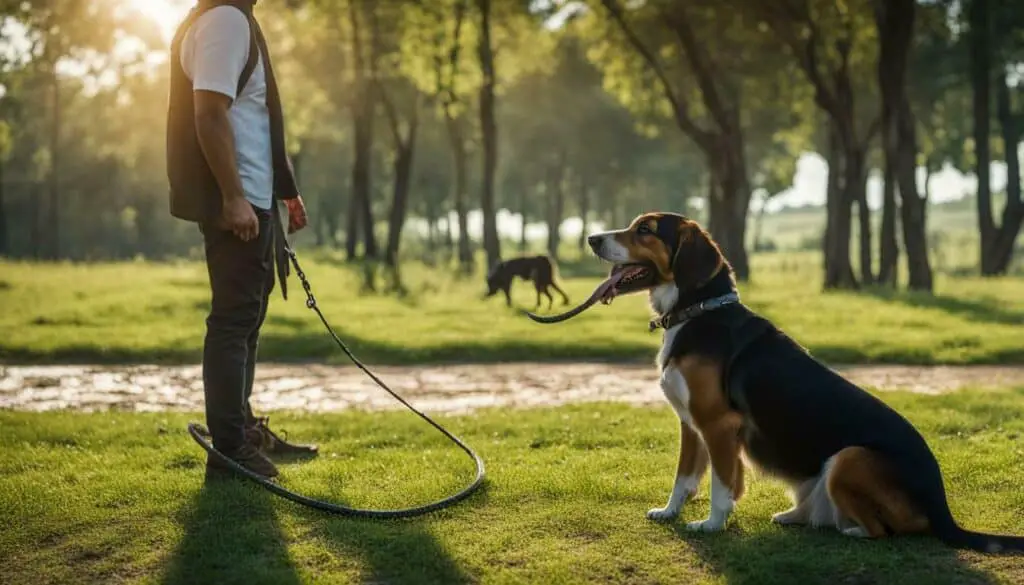
Understanding Venomous Snakes and Seeking Veterinary Care
Some of the venomous snakes in the United States that dog owners should be aware of include rattlesnakes, copperheads, coral snakes, and cottonmouths. These snakes can cause serious harm and even death if a dog is bitten. It is important to seek veterinary care immediately if you suspect your dog has been bitten by a venomous snake.
Signs of a venomous snake bite in dogs include swelling, pain, and bleeding around the bite area. Your dog may also exhibit behavioral changes, such as restlessness, panting, and drooling. If you notice these symptoms, it is crucial that you seek veterinary care as soon as possible.
Owners should keep their dogs on a leash when in snake-prone areas and consider enrolling them in snake avoidance training classes. These classes can teach dogs to recognize the sight, sound, and smell of snakes, helping to prevent potentially dangerous encounters. Additionally, learning basic commands like “leave it” can help keep dogs safe.
If your dog is bitten by a venomous snake, it is important to keep them calm and still, and transport them to a veterinary hospital immediately. Do not attempt to suck the venom out of the wound or cut the wound open, as this can cause further damage. Veterinary treatment may include antivenom, pain management, and wound care.
While garter snakes are typically harmless, it is important to keep an eye on your dog if they have encountered one. If the bite is superficial and your dog is showing no signs of distress, basic wound care and observation may be all that is necessary. However, if symptoms worsen or if the dog shows signs of infection, it is best to seek veterinary care.
Becoming knowledgeable about venomous snakes and understanding when to seek veterinary care is essential for the safety and wellbeing of our beloved pets. By taking preventative measures and being prepared, we can help keep our furry friends safe from potential snake bites.

Conclusion
In conclusion, garter snakes are generally harmless to dogs. They are often found in gardens and can even help control pests. While their venom is considered mild, it does not pose a significant threat to humans or dogs. If your dog is bitten by a garter snake, it is usually not necessary to seek veterinary treatment, unless the wound shows signs of infection or worsening swelling.
It is important to be aware of the presence of venomous snakes in your area and take precautions to keep your dog safe. This can include enrolling them in snake avoidance training and keeping the lawn mowed to reduce hiding spots.
If your dog is bitten by a venomous snake, it is crucial to seek immediate veterinary attention. Knowing how to identify venomous snakes and the symptoms of a venomous snake bite can be life-saving in such situations.
Overall, understanding the behavior and characteristics of garter snakes can help dog owners navigate encounters and ensure the well-being of their pets. By taking preventive measures and seeking prompt veterinary attention in case of a venomous snake bite, you can keep your dog safe and healthy.
FAQ
Q: Are garter snakes dangerous to dogs?
A: Garter snakes are generally harmless to dogs. Their bite is mildly venomous but does not typically cause serious harm.
Q: What should I do if my dog is bitten by a garter snake?
A: In most cases, no veterinary treatment is necessary. It is recommended to wash the bite wound with soap and water and keep it clean to prevent infection. If there are signs of infection or severe symptoms, it is advisable to take your dog to the vet for treatment.
Q: How can I prevent snake bites in my dog?
A: To prevent snake bites, keep your lawn mowed and remove potential hiding spots like woodpiles. Consider enrolling your dog in a snake avoidance training class and teach them basic commands like “leave it.” Keep your dog on a leash when hiking in areas known to have snakes.
Q: What should I do if my dog is bitten by a venomous snake?
A: If your dog is bitten by a venomous snake and you are unsure of the type of snake, it is best to take your dog to the vet for immediate medical attention. Treatment may include antivenin, pain medication, antihistamines, antibiotics, and IV fluids.
